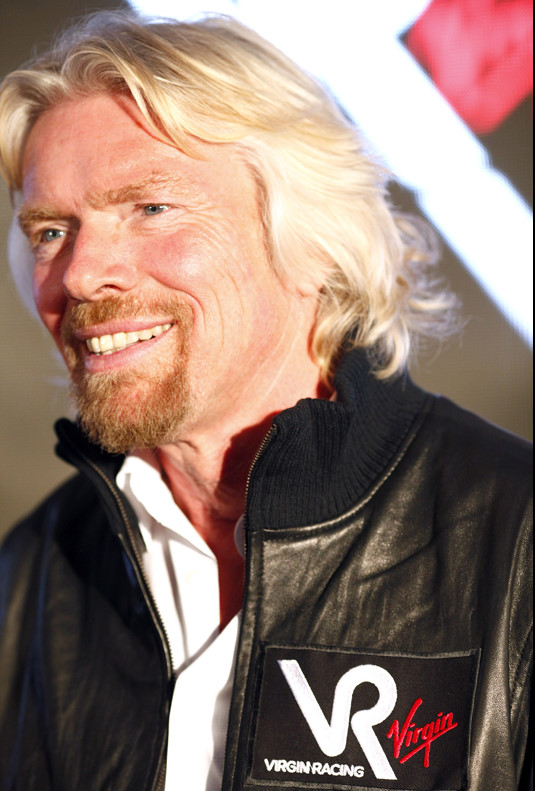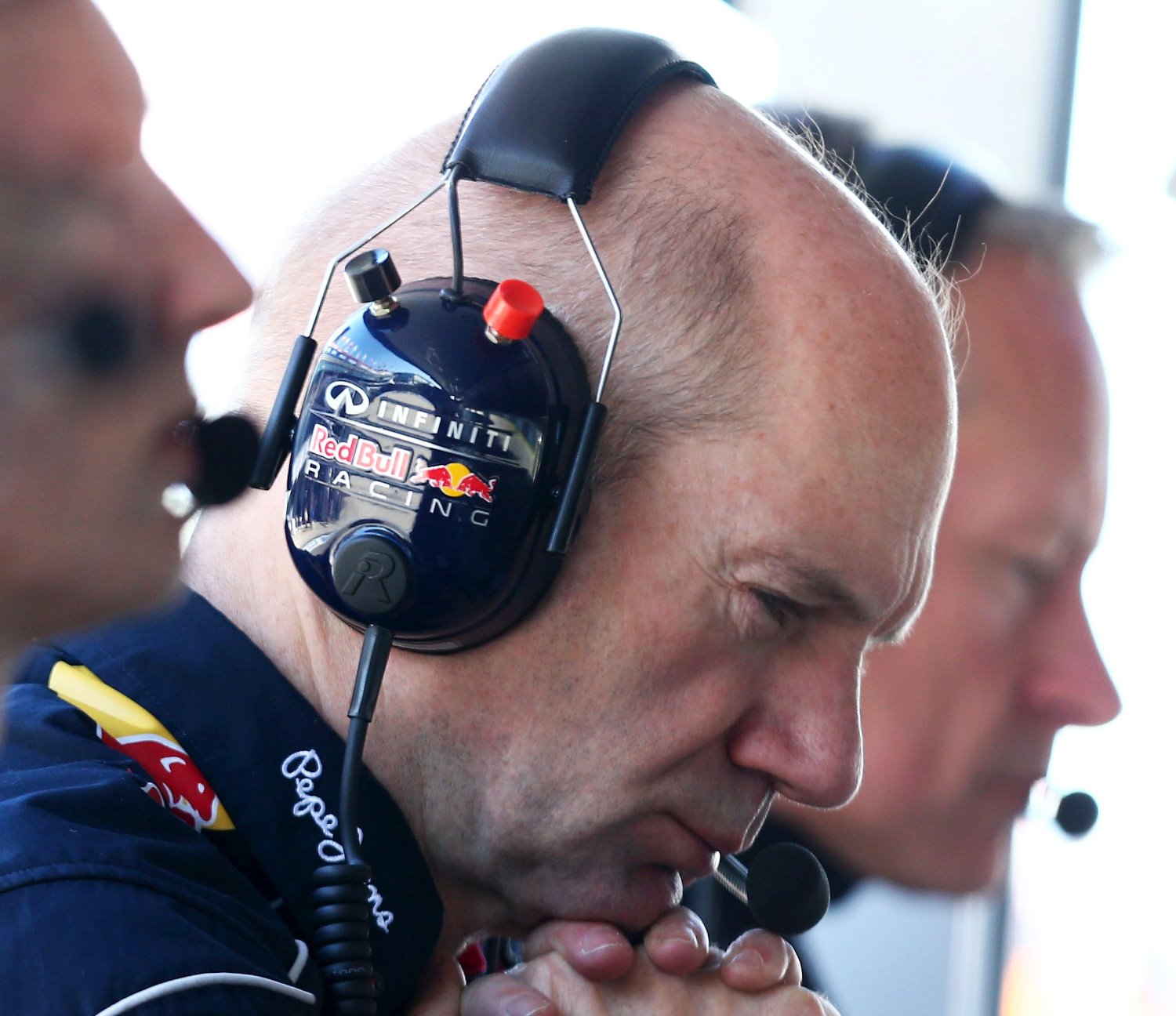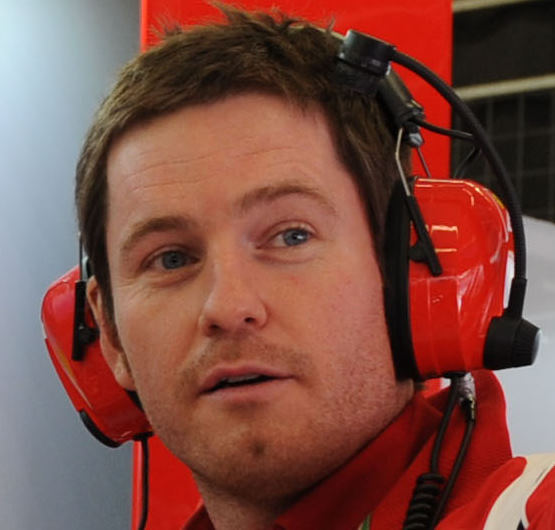How is an F1 team structured?
 |
| You probably know Christian Horner dates a Spice Girl. But what does Red Bull's Team Principal do when he's actually working? AR1's Brian Carroccio has the answers. |
In light of our recent two-part series (Part 1, Part 2) outlining the corporate and governance structure of Formula One, we have been asked how a Formula One race team is organized. And as you might suspect from our previous articles, similar to many things in Formula One, how exactly an F1 team is structured is well, complicated.
Hopefully, we can provide a few answers. And although we've decided to place this particular item on the Hot News page, go ahead and consider this part 3 of the series.
To begin, it should be made clear that no two teams’ structures, whether corporate or race operational, are totally alike. Keep in mind, that teams such as Red Bull, Scuderia Ferrari and Mercedes AMG Petronas are simply auxiliaries of multi-national, multi-billion dollar conglomerations. Even McLaren and to a lesser extent Williams are part of larger corporations, albeit not to the level of the ones mentioned above.
Although men such as Force-India owner Vijay Mallya and Sauber’s Peter Sauber are extraordinarily wealthy individuals, they are essentially privateer owners. Yes, this fundamental difference cannot be emphasized enough: Mercedes, Ferrari and Red Bull are auxiliaries of corporate behemoths; Force-India and Sauber are owned by really rich guys.
 |
| Richard Branson struggled during his short-lived foray in Formula One. |
And with a few exceptions (think Brawn 2009), in the cutthroat world of Grand Prix racing, conglomerations historically have a decisive advantage over really rich guys. One example would be Richard Branson, owner of the Virgin conglomeration. Branson, who has a net worth of nearly $5 billion, bowed out of Formula One after one unsuccessful year as a team owner.
Again, while there are differences between teams, let's use Scuderia Ferrari to get a sense of how a typical Formula team is structured.
You probably know that Maurizio Arrivabene is the Managing Director and Team Principal of Scuderia Ferrari. Arrivabene oversees all technical and operational functions of Ferrari’s motorsports endeavors and in particular, the Formula One team.
The Team Principal is the public face of the team. They represent the team to the media and address issues with the FIA or Formula One Management on behalf of their teams. They negotiate with drivers, engineers and designers. And you know many of these people well. Christian Horner is the Team Principal at Red Bull. Ditto for Toto Wolff at Mercedes and Eric Boullier at McLaren.
Sir Frank Williams still holds the title Team Principal for the team that bears his name. His daughter Claire has the title Deputy Team Principal at Williams, although her role would likely be similar to that of those mentioned above, as she has assumed more responsibility in recent seasons.
Luca di Montezemolo held the position at Ferrari before being replaced by Marco Mattiacci, his ouster earlier this season.
Now, team principals typically do not call race strategy, or speak with drivers on the radio during Grand Prix. This may differ in the case of someone with specifically a racing background but typically there is a race engineer type that will call strategy. A team principal may simply move coordinate matters between the team’s two race engineers should such a matter arise.
Moving back to Ferrari, there are five positions directly beneath Arrivabene:
 |
| Racing's most famous technical director |
Technical Director: this position, currently James Allison at Ferrari, oversees all elements of technical development and car design. Call it your Adrian Newey role so to speak. People under the technical director would be gearbox design, suspension design and aerodynamicists.
Scuderia Sporting Director: This is something of an odd position, and will vary from team-to-team. Usually this is a senior-type management role held by someone with vast experience. One key attribute for a sporting director is a keen knowledge of FIA sporting and technical regulations. The Sporting Director, currently Massimo Rivola at Ferrari, makes sure the team’s design is compatible with FIA rules.
Scuderia Operations Manager: This can mean many things, but often an F1 team’s operations manager oversees the team’s activities at the track on a Grand Prix weekend. This would include hospitality, transport, food and other details that go into running a Formula One race team on a give weekend. Luca Baldisseri currently holds the position at Ferrari.
Production Director: organizes all the matters related to production of the team’s car. In particular the schedule for production and the sequence of what parts are designed, and what resources are allocated to what department are the duty of the Production director, currently Corrado Lanzone at Ferrari. This job is perhaps different at Ferrari as they build more in-house than other teams. Still, there is someone at most F1 teams responsible for parts and overseeing the course of production.
GT and Cosi Clienti Racing Director: This role is probably somewhat specific to Ferrari. However, Antonella Coletta oversees the coordination of Ferrari's F1 and sports car racing departments. Other teams might have a similar role with someone who oversees the coordination between junior programs and the senior team. Some teams who simply only have a Formula One team, would have no such position.
Other positions such as marketing and public relations may have more senior roles at different teams. With respect to Ferrari the role of marketing would likely fall under the umbrella of the corporate management staff. Whereas public relations may fall under the operations staff. It wasn't exactly clear when looking into it.
 |
| At Ferrari race engineers don't occupy senior management positions. Rob Smedley however gained such a role in moving to Williams. |
As for mechanics and crews they typically fall under the umbrella of race engineers, who hold some sort of management role. Rob Smedley, for example, the longtime man on the radio for Felipe Massa at both Ferrari and Williams is Head of Performance Engineering at Williams, which at Williams is a senior position directly accountable to Claire Williams.
Guillaume 'Rocky' Rocquelin, Sebastian Vettel's longtime radio man, has the title Head of Race Engineering at Red Bull, and is in charge of all Red Bull's engineers. This again is a role directly accountable to Horner.
At Ferrari, where the structure is more complex, such roles likely fall under the direct umbrella of Arrivabene on race weekend, yet under other senior managers such as Allison and Baldisseri back at Maranello.
Hopefully, after three sections of outlining the various hierarchies of Formula One teams, Formula One ownership and the FIA, you have a better understanding of how the sport works. And if there are any questions, feel free to contact me at BrianC@AutoRacing1.com.
Brian C. reporting for AutoRacing1
